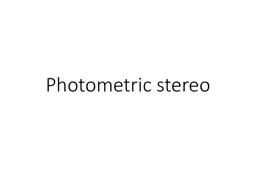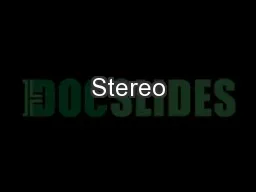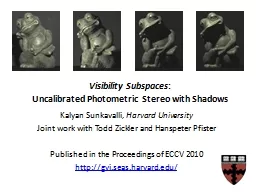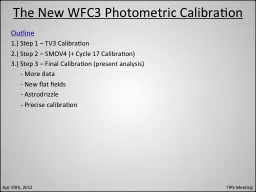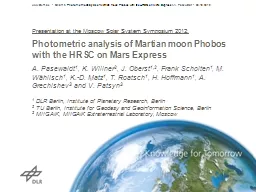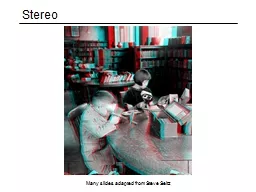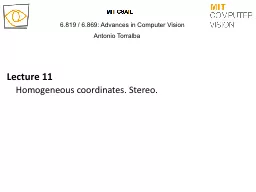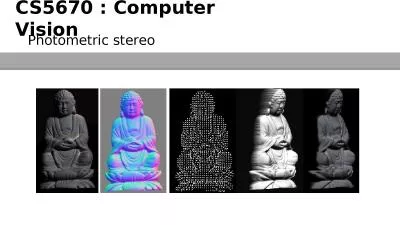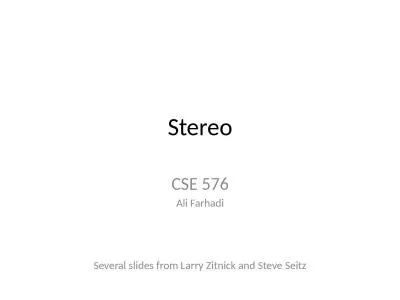PPT-Photometric stereo Radiance
Author : liane-varnes | Published Date : 2020-01-26
Photometric stereo Radiance Pixels measure radiance This pixel Measures radiance along this ray Where do the rays come from Rays from the light source reflect off
Presentation Embed Code
Download Presentation
Download Presentation The PPT/PDF document "Photometric stereo Radiance" is the property of its rightful owner. Permission is granted to download and print the materials on this website for personal, non-commercial use only, and to display it on your personal computer provided you do not modify the materials and that you retain all copyright notices contained in the materials. By downloading content from our website, you accept the terms of this agreement.
Photometric stereo Radiance: Transcript
Download Rules Of Document
"Photometric stereo Radiance"The content belongs to its owner. You may download and print it for personal use, without modification, and keep all copyright notices. By downloading, you agree to these terms.
Related Documents

